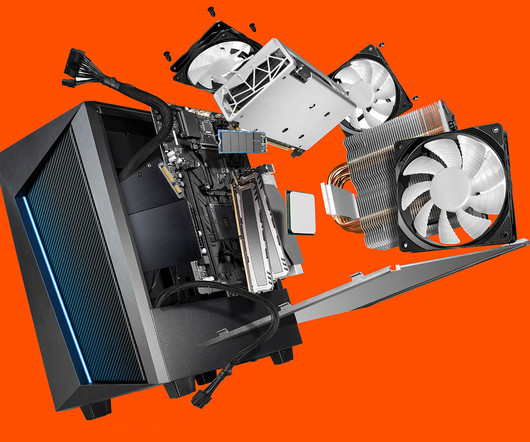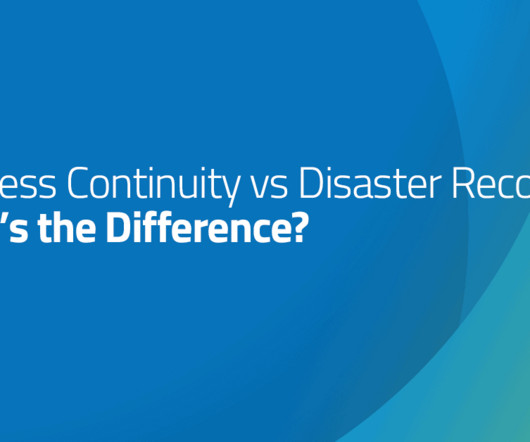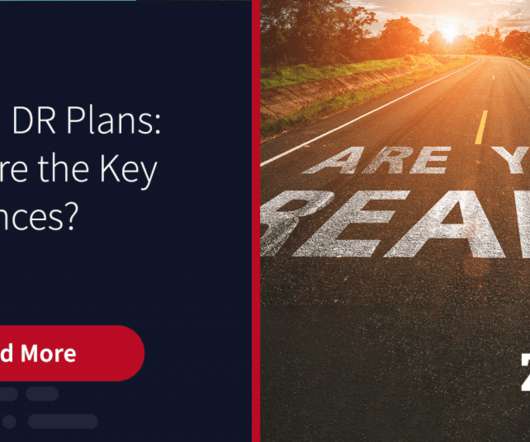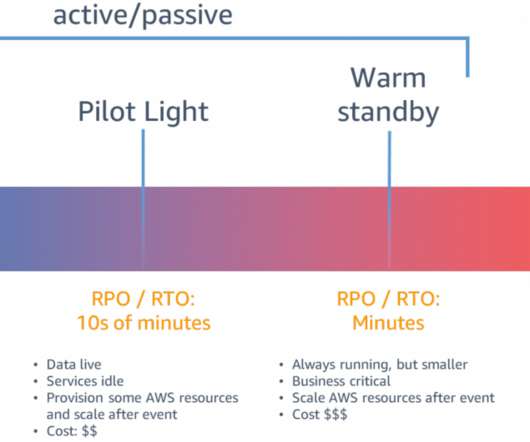Business Continuity vs. Disaster Recovery: What’s the Difference?
Pure Storage
MAY 7, 2024
It’s important to understand the distinctions between business continuity planning (BCP) and disaster recovery planning (DRP) because they each entail a different set of problems, priorities, and solutions. What Is Business Continuity Planning? BCP and DR have slightly different objectives as well.














Let's personalize your content